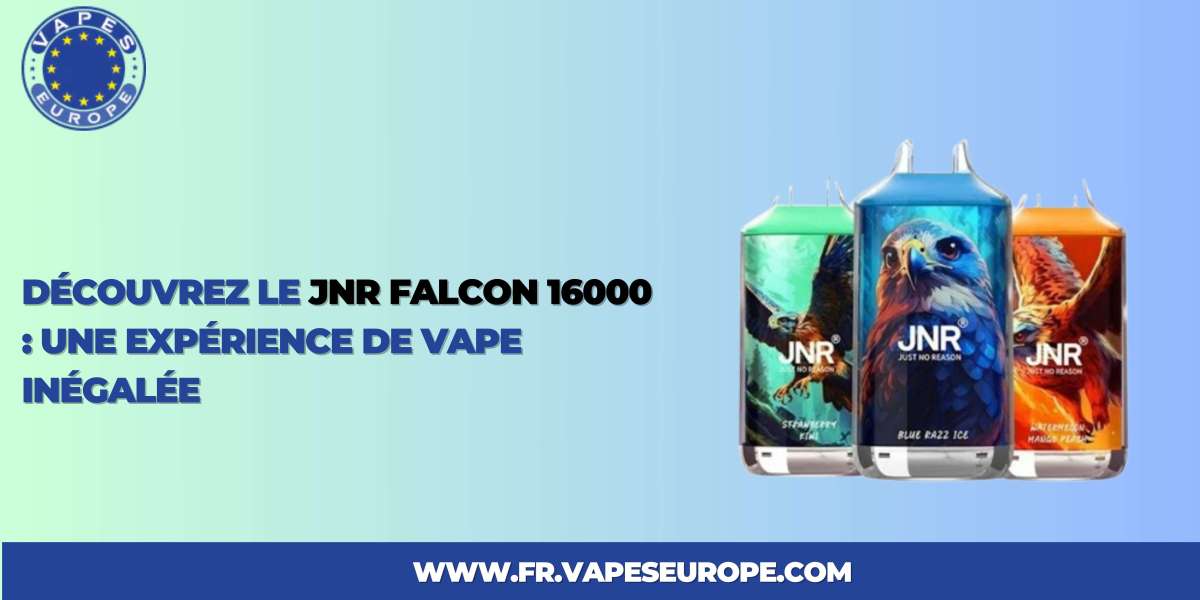Atlanta’s innovation corridor stretches from Midtown’s labs and startups to Perimeter’s med-tech clusters, Westside makers, film and gaming studios, and the fintech rails running through Buckhead. In that landscape, a patent attorney in Atlanta does more than file forms. The role is to translate engineering and research into enforceable rights, reduce launch risk, and build portfolios that stand up in diligence, at the PTAB, and—if needed—in court.
Start with two different questions: patentability and FTO
Every serious engagement opens with scope and risk. Patentability asks whether your invention is new and non-obvious over prior art. Freedom-to-operate (FTO) asks whether you can make and sell without stepping on someone else’s claims. Atlanta teams often move fast—hackathons, pilots with hospital systems, corporate POCs—so a staged, time-boxed patentability scan and a focused FTO screen prevent late surprises that derail purchase orders or fundraising.
Pick the right filing path for your stage
Early-stage projects often benefit from a robust provisional. It secures an early date and buys up to 12 months to generate data, build variants, and test demand. Mature teams go straight to a non-provisional drafted with litigation in mind. Either way, quality controls outcomes. Strong specifications include alternative embodiments, parameter ranges, definitions, and examples or comparative results that matter for obviousness and enablement. Claims should be layered: system/method/manufacture for devices; composition/process/use for chemistry and materials; and design claims where the look is part of the moat.
Fit drafting to Atlanta’s industries
Patent strategy isn’t one-size-fits-all. Fintech and software/AI demand eligibility-savvy claims tied to concrete architectures, data flows, and measurable technical improvements—not business outcomes. Med-tech and digital health need data-driven enablement: dosing windows, sensor accuracy, stability, bench and preclinical results; coordinate filings with IRB and clinical timelines. Advanced manufacturing, logistics, and energy benefit from process claims that protect tolerances, control logic, and quality systems in addition to the product. Media, gaming, and VFX tools often pair utility filings with design patents and copyright/licenses for toolchains and assets.
Prosecute with purpose
Once filed, prosecution is where scope is preserved or lost. Expect examiner interviews early, targeted amendments that keep commercial coverage intact, and a disciplined information disclosure strategy that surfaces the most material art without burying the examiner. Maintain at least one continuation pending around your flagship so claims can evolve with features, customer feedback, and competitor moves. If a rival launches close or files an IPR, the record you built—definitions, alternatives, unexpected results—becomes insurance.
Global planning from Midtown to Munich
Atlanta companies rarely stay regional. If you’ll sell or make abroad, map PCT timing in year one. Choose national phases where you realistically need protection—often Europe, China, Japan, Canada, and select LATAM markets. Adjust to local practice: problem–solution and plausibility in Europe, data-centric prosecution in China, varying limits on medical treatment or diagnostics elsewhere. Manage translations and sequence listings carefully to avoid unintended narrowing or added-matter issues.
Patents live inside a stack: contracts, trade secrets, and brands
Clean ownership wins diligence and disputes. Lock down employee and contractor assignments, use NDAs that allow pre-filing collaboration without public disclosure, and structure joint-development terms so background IP is respected and improvements are owned or licensed on sane terms. Not everything deserves a patent: yield tricks, control parameters, data-cleaning pipelines, and supplier recipes often work best as trade secrets—but only if you run a real program with role-based access, labeled repositories, secure vendor workflows, and clean off-boarding. Pair patents with trademarks for house and product names; strong marks make marketplace takedowns and Customs recordation easier if counterfeits ride through Hartsfield-Jackson or the Port of Savannah.
Budgets, timelines, and focus
Costs track complexity. Searches and provisionals vary with technology; non-provisionals and office-action work depend on the art unit and examiner. A practical Atlanta patent attorney will offer scoping calls, fixed fees where sensible, and staged budgets tied to decision gates: file provisional, convert and/or PCT, enter national phases. Quarterly portfolio reviews keep spend aligned with revenue, regulatory steps, and investor milestones. Just as important, pruning matters—file where protection maps to real margin, distribution leverage, or exit value.
Enforcement begins on day one
Draft like you’ll be challenged. Define terms, support ranges with data, and document alternatives. That deters IPRs and raises settlement value. If a competitor crowds your space, start with business outreach when appropriate, then focused demand letters backed by a prosecution record that signals courtroom credibility. For marketplace skirmishes, coordinate patents with trademark registrations and prepared evidence kits so takedowns move quickly.
Choosing the right Atlanta patent attorney
Look for a USPTO-registered practitioner who actually drafts and argues, not just signs. Ask who will write your claims and who will handle examiner interviews. Expect a 12-month roadmap that ties filings to product and fundraising milestones, outlines PCT and national-phase options with budgets, and sets a continuation strategy to keep protection current. You should leave onboarding with a docket, a claims-first outline, and clear turnaround standards.
A simple first-90-day plan
Week 1: lock NDAs and assignments, inventory inventions and brand candidates.
Weeks 2–4: run patentability and targeted FTO; file a robust provisional or a ready non-provisional; start trademark clearance.
Weeks 5–8: gather data, refine embodiments, prep follow-on provisional if needed.
Weeks 9–12: finalize conversion/PCT plan, set continuation aims, assemble enforcement and takedown kits for launch.
Bottom line
Atlanta rewards builders who move quickly—and protect deliberately. The right patent company near me helps you file before you unveil, draft with data and options, keep a case pending as products evolve, and align patents with trade secrets, contracts, and brands. Do that, and your prototype doesn’t just ship—it scales, deters copycats, and commands better terms with partners, investors, and acquirers across Georgia and beyond.



